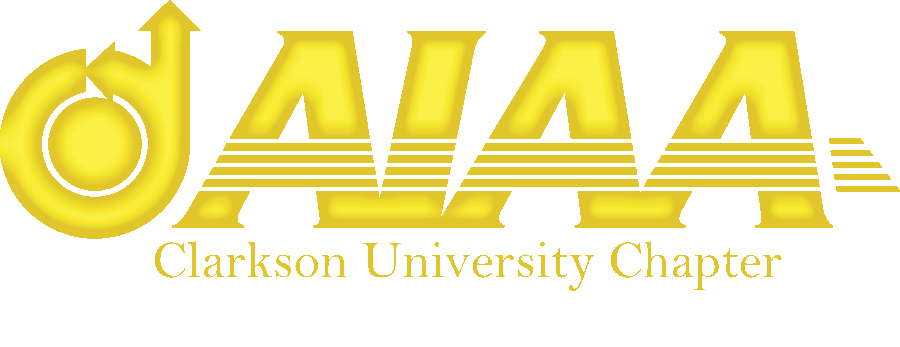
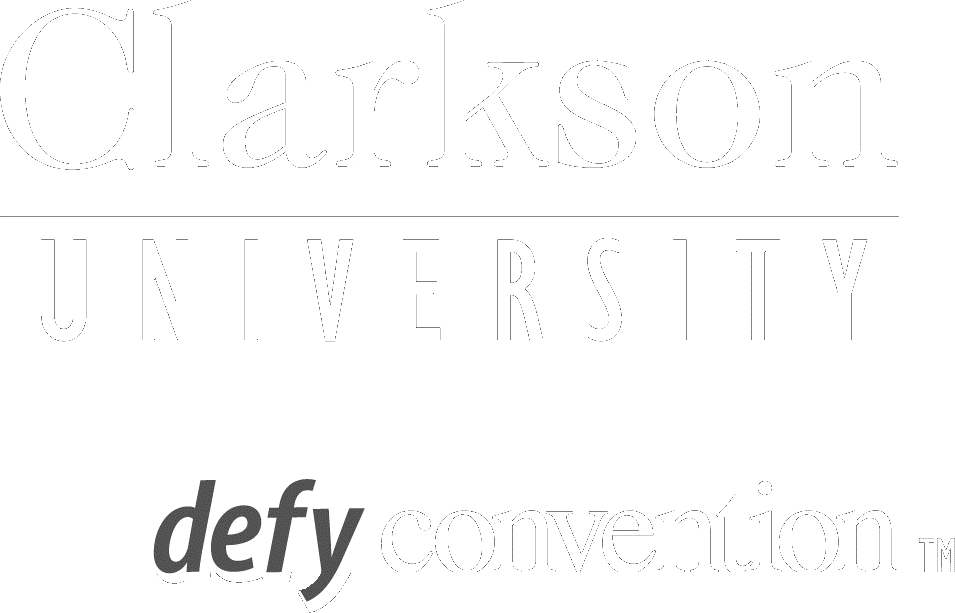
Design Build Fly is a competitive SPEED team on campus. Students must design, build, and fly a radio controlled airplane that meets certain design criteria determined annually by the AIAA, Cessna Aircraft, and Raytheon Missile Systems. Past competitions have called for water bombers, fighters, bush planes, and many more unique designs. Design Build Fly gives students a hands on project with which they can experience the complete engineering process from design, to fabrication, to testing. Competitions are held each year in either Wichita, Kansas, or Tucson, Arizona.
Check out DBF's official website!
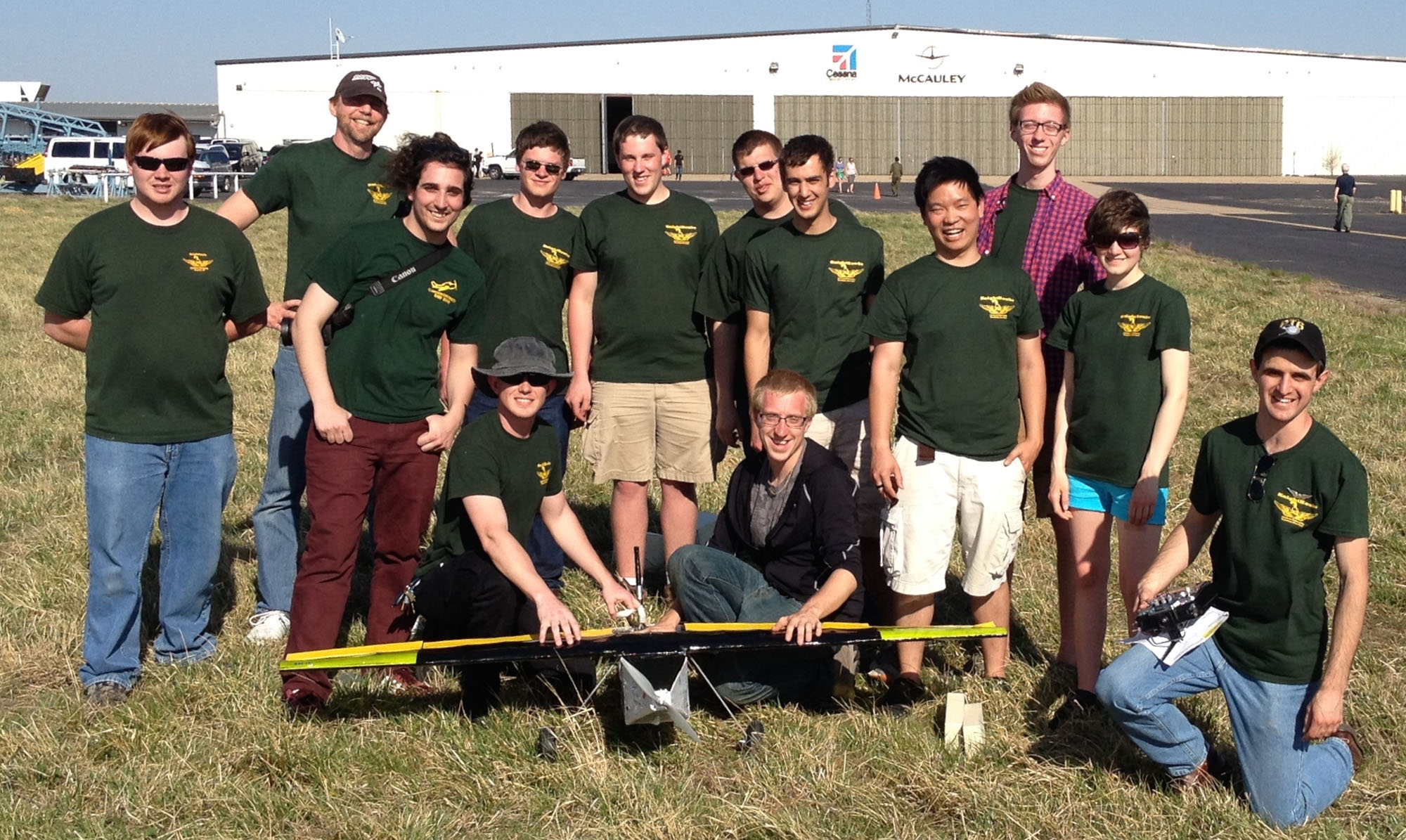
The Clarkson University Flying Club is CUSA funded organization for students with an interest in radio controlled aircraft. Members may bring their own aircraft, or fly those that belong to the club. No prior experience is necessary; instruction is available through experienced club members. The flying club meets twice a week; once at night during the school week for indoor flying in either the Alumni Gym or Walker Arena, and once on Sunday afternoons for outdoor flying, or to build new airplanes. It is a club purely for enjoying the magic of flight!
See Flying Club's Student Life page for more information!
The Department of Mechanical & Aeronautical Engineering is the largest department at Clarkson, with more than 20 faculty and undergraduate programs in both mechanical and aeronautical engineering, and graduate programs leading to master's or doctoral degrees.
Aeronautical Engineering is a specialized but highly diverse field of study. It encompasses such exciting areas as aircraft design, low- and high-speed aerodynamics, light-weight structures, stability and control of aerospace vehicles, and propulsion system design. Career options include tasks ranging from airframe design, wind-tunnel testing, engine design and testing, and flight testing of new vehicles, to the design of airliner cabin comfort systems. Working on high speed trains, space station structures and underwater vehicles are just some of the exciting career options for Aeros.
Dr. Visser received his Ph.D. in Aerospace Engineering from the University of Notre Dame in 1991. After working on research and development projects at NASA Langley Research Center and Boeing Aircraft Company, Dr. Visser, began teaching at Clarkson University. He is the faculty advisor for the the Design, Build, and Fly Team and the advisor with of this AIAA Chapter. He is also the advisor for Sigma Gamma Tau, the Aerospace Honors Society. Courses taught include:
Dr. Visser's research interests are primarily applied experimental aerodynamics and also include such areas as aircraft design, sustainable energy, and experimental measurement techniques. More information can be found on his research website.
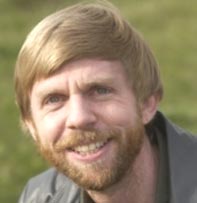
Investigators: Michael Lee and Dr. Visser
This study investigates the potential of nonplanar wings with a reduced projected span to perform better than planar wings with the same wetted area. Existing research has proven inconclusive as to whether this reduced-span configuration can increase the aerodynamic efficiency of the wing. This inconclusiveness stemmed from the lack of design standardization between research projects. This research develops and validates a standardized design methodology to allow for consistent nonplanar wing design and research. Inviscid analysis of nonplanar planforms has already helped identify trends in pressure distribution and induced drag at specific lift coefficients. The vortex-lattice method code TORNADO was modified to run multiple wing geometries and analyze trends in wing performance. The numerical results indicated that wings with a downward camber can be more efficient than planar wings or wings with an upward camber. The amount of wing that is planar, designated the planar fraction, was found to influence the dihedral angle necessary to maximize the lift to induced-drag ratio. Six selected aerodynamically comparable wing geometries will be further analyzed with NASA Langley's unstructured Navier-Stokes solver USM3D, and through experimental testing in Clarkson University's subsonic wind tunnel.
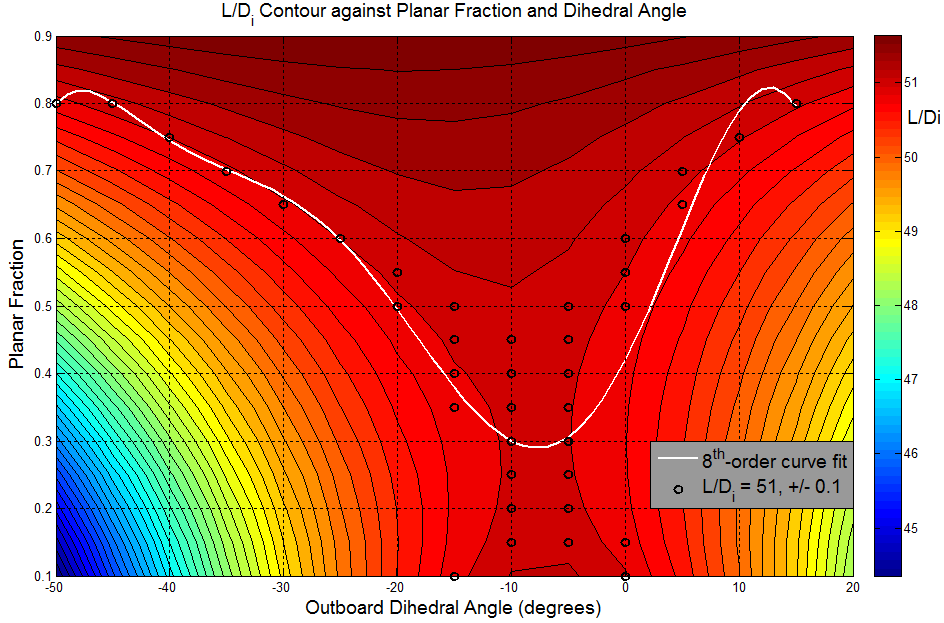
© Joshua Wheeler